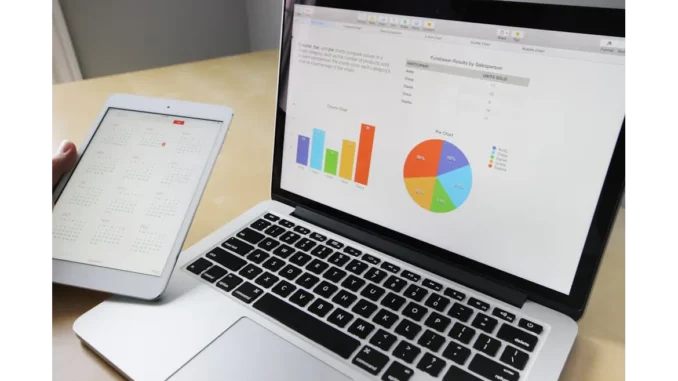
In a world that thrives on data, choosing the right storage solution can make or break a business’s operational efficiency. This was the crux of my conversation with Laura Bennett, the IT director of a mid-sized manufacturing firm in Birmingham. Laura has seen the company transform from a small start-up to a bustling operation over the past decade. Her insights into the evolving landscape of data storage are both enlightening and practical for any business navigating this digital era.
“Sometime around 2013, we realised that our way of handling data just wasn’t going to cut it anymore,” Laura began, settling into her seat. “Back then, everything was about direct attached storage (DAS). We had these bulky hard drives tethered to our machines, which worked fine when we were a team of ten. But as we grew, the inefficiencies became glaring.”
Direct Attached Storage (DAS): The Basics
Laura elaborated on DAS, explaining it as data storage directly connected to a computer. While it’s straightforward and offers good performance for single systems, its drawbacks became more apparent with their growth. “The main issue we faced was accessibility,” she said. “If a team member needed access to files from another department, it was a logistical nightmare. Sharing data across systems was cumbersome and time-consuming.”
This led them to explore more network-based solutions, specifically Network Attached Storage (NAS).
The Shift to Network Attached Storage (NAS)
“NAS was our next big step,” Laura recounted, her eyes brightening at the memory of a simpler time. “It was like having a central library for our data. Multiple users could access the same files without delays, which was a game-changer for us.”
NAS allowed their business to centralise data storage, enhancing collaboration and streamlining operations. “Having all our data in one place meant we could now leverage it more effectively. Plus, the setup costs were relatively low, and it was easy to integrate into our existing network.”
However, Laura quickly pointed out that NAS wasn’t without its limitations. “As our data needs continued to grow, the speed became a bottleneck. We dealt with large design files, and sometimes the network just couldn’t keep up.”
Exploring Cloud Storage
In 2018, Laura’s company decided to dip their toes into cloud storage. “Initially, there was a lot of scepticism about security,” she admitted. “But the benefits were too significant to ignore.”
Cloud storage offered them the flexibility and scalability they desperately needed. “We could expand our storage as we grew, without the need for physical infrastructure,” Laura explained. “Plus, the cost of maintaining on-site storage was starting to outweigh the benefits.”
She highlighted how cloud storage allowed for greater data accessibility. “Our team was able to access files remotely, which was invaluable, especially with the recent shift towards more remote work setups.”
Yet, Laura acknowledged that cloud storage wasn’t a panacea. “While it’s great for accessibility and scalability, we had to be diligent about data security and compliance. We needed to ensure that our data was protected and that we adhered to industry regulations.”
Weighing Storage Area Networks (SAN)
As we delved deeper into the intricacies of data storage, Laura touched on Storage Area Networks (SAN). “SANs are much more complex and are typically used in larger enterprises due to their speed and scalability,” she explained. “For a while, we considered it because it offers high-performance and can handle intense workloads.”
However, SAN’s complexity and cost made it less appealing for their needs. “It’s a robust solution, but for a business like ours, it was overkill,” Laura admitted. “We found that a combination of NAS and cloud storage suited us best.”
The Hybrid Approach
Ultimately, Laura’s company adopted a hybrid storage solution. “We use NAS for our day-to-day operations and cloud storage for scalability and off-site backups,” she summarised. “This mixed approach allows us to benefit from the strengths of both systems while mitigating their weaknesses.”
Laura’s journey through the labyrinth of data storage solutions reveals a critical insight: there is no one-size-fits-all solution. “Every business is unique, and your choice should depend on your specific needs, growth trajectory, and budget,” she advised.
As our conversation drew to a close, Laura left me with a thoughtful reflection. “Data is the lifeblood of modern businesses. Choosing the right storage solution is not just about keeping your data safe but also about enabling your business to thrive. It’s an investment in your future.”
For businesses grappling with data storage decisions, Laura Bennett’s experience serves as a valuable guide. Whether you’re a small business or a growing enterprise, understanding the nuances of DAS, NAS, SAN, and cloud solutions can help you craft a data storage strategy that supports your business goals.
Rhoda Pope

